Silhouette portrait photography produces striking, dramatic, and timeless images. Learn how to capture stunning silhouettes and stand out.
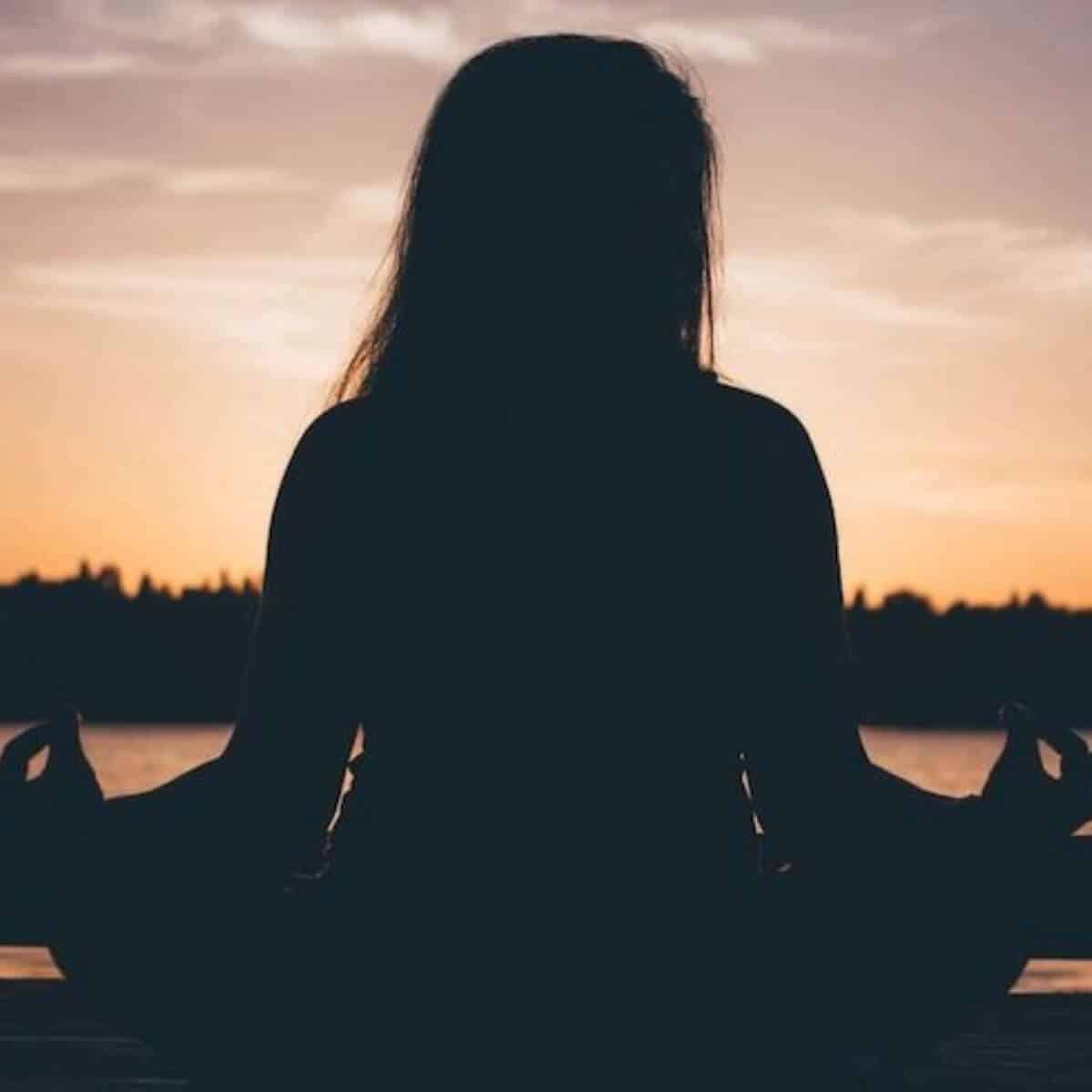
Silhouettes are one of the most compelling types of portrait photography.
The outline of a subject against a light background creates a striking image.
Aside from photography, silhouette drawings are one of the oldest methods. It dates back to cave paintings over 160,000 years ago.
Today, silhouette portrait photography offers attention-grabbing contrast and beautiful results.
The following is your complete guide to silhouette photography.
What’s a silhouette in photography?
A silhouette is a solid and dark image of a subject with a light background. Only the subject’s outline is visible.
You can capture a silhouette by using your subject to block a bright light source.
It’s an excellent way to convey mystery and drama. It also leads to an eye-catching image.
You can use silhouettes in all types of photography. But it’s most common in portrait photography.
When shooting silhouette photos, use the background to balance the exposure.
It underexposes the foreground and subject, creating a beautiful silhouette.
Camera settings for silhouette portrait photography
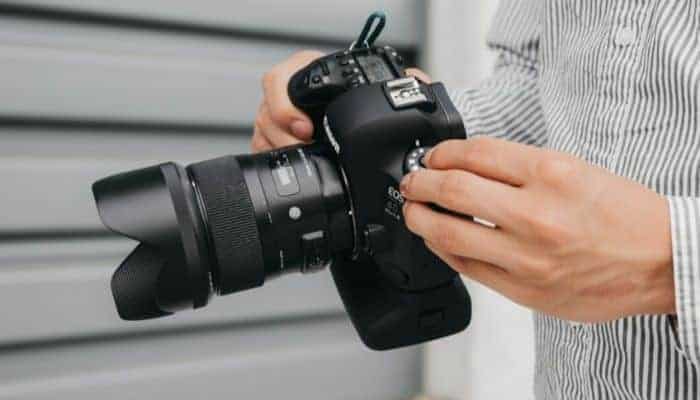
The camera settings you use determine the quality of the silhouette.
You can use manual or semi-automatic modes. Both are fine if you expose for the background instead of the subject.
Avoid automatic mode, as the camera will try to balance the exposure for everything in the frame.
When using a semi-automatic mode, the spot metering tool is essential.
If you understand manual mode, use it. Manual mode helps you capture the highest-quality silhouettes.
Set the ISO to the lowest possible setting. Then, use a narrow aperture to ensure the subject and background are in sharp focus.
A fast shutter speed is also essential to freeze movement.
An example combination is ISO 100, an aperture of f/8, and a 1/250 shutter speed.
Another setting to help you capture beautiful silhouettes is exposure bracketing.
Some cameras have automatic exposure bracketing. It takes three pictures at different exposures to get stunning results.
You can also use exposure compensation to ensure the silhouette is dark enough.
Each situation takes different camera settings. Make changes to capture a high contrast and stunning silhouette.
Choose eye-catching backgrounds

A bright and plain background is best for silhouette portrait photography. It ensures the silhouette is sharp and clear.
Aside from providing sharp edges, the background also adds interest.
You can use the sky while the sun is low or the reflection on the water. Other examples include indoors with a bright background or the bright lights in a city.
When shooting silhouette photos, use composition techniques like leading lines or framing.
Both methods guide a viewer to the focal point, the silhouette.
The background colors, brightness, and composition work together. Each one plays a role in creating a dramatic silhouette photograph.
Place the focus on the silhouette’s edges
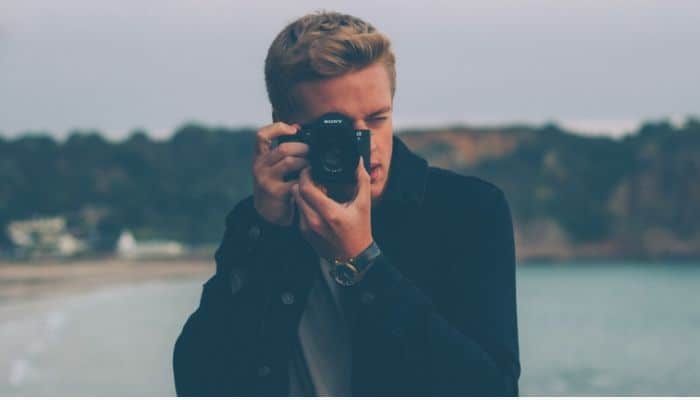
A sharp subject is essential in silhouette photography. Since the subject is dark, it may be hard to tell if you’re nailing the focus.
The ideal spot to focus on is the edges of your subject.
Also, using a narrow aperture gives you a deep depth of field.
It ensures the background and your subject are in focus. It also prevents you from capturing a blurry image.
The result is a better picture when the silhouette’s edges are in sharp focus.
There will be more contrast and distinct separation between the subject and background.
Manual and automatic focusing can work for a silhouette. But, manual focusing will take longer than automatic.
When you use automatic focusing, aim the focus metering at the silhouette’s edges.
Shapes make silhouettes more interesting
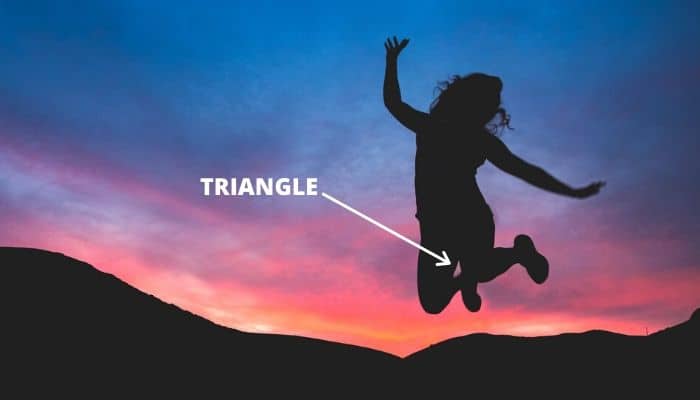
Rather than seeing the details of a person, silhouette portrait photography hides them in the shadows.
So, focus on emphasizing shapes in your silhouette photos. You can pose your subject or capture action shots.
Another essential part is a subject’s clothing.
Avoid baggy clothing and focus on well-fitting clothes. It helps define the subject’s edges and allows you to capture shapes.
You can form shapes with the outline through posing or with negative space.
Shapes are the key to an eye-catching and intriguing silhouette.
Shoot from a low angle

A low-angle shot allows you to capture a minimalistic and compelling silhouette.
Focus on capturing the subject from their head to their toes.
You can crouch down, find a lower location, or lie on your stomach. Also, you can place your subject higher if you’re unable to get low enough.
Shooting upward allows you to use the sky as a background. It results in a silhouette with clear and sharp edges.
Editing a silhouette photograph
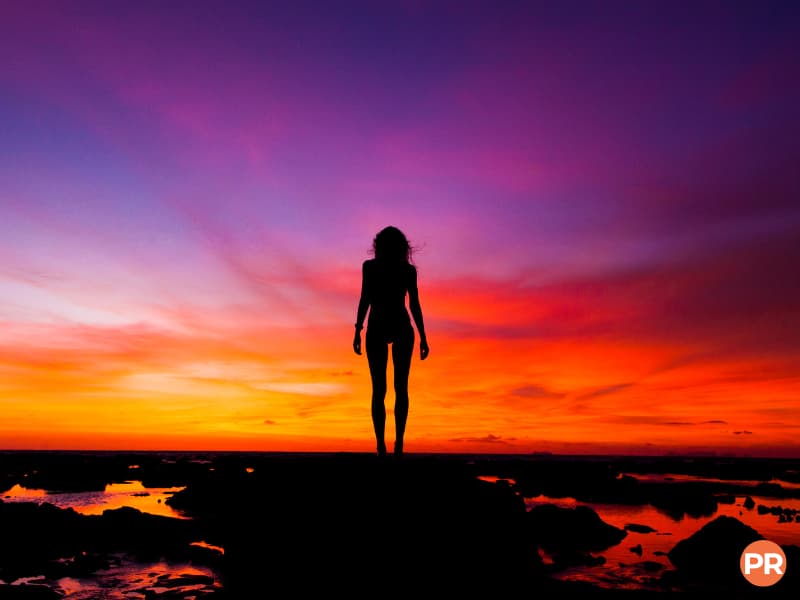
A high-quality silhouette has a lot of contrast and a beautiful background. So, use editing to enhance the effects.
You can increase the contrast and darken the shadows or blacks. It makes the silhouette darker and enhances the edges.
Then, you can adjust the background. Try increasing the saturation and perfecting the exposure.
Another method of editing is to change it to black and white.
Removing the colors will keep the focus on the subject. It also has a classic and compelling feel.
A touch of editing will help you create a dramatic and intriguing image.
Beautiful silhouette portrait photography examples
Silhouette photography is timeless and dynamic.
You can capture a silhouette indoors or outdoors. Also, the scenes and backgrounds are endless.
The following are examples of silhouette photography to inspire you. Then, you can go out and capture beautiful silhouettes.
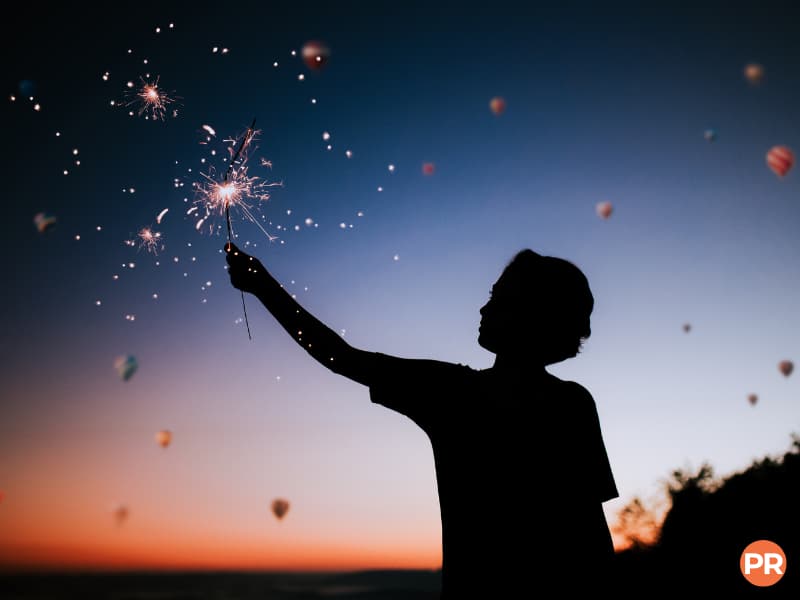
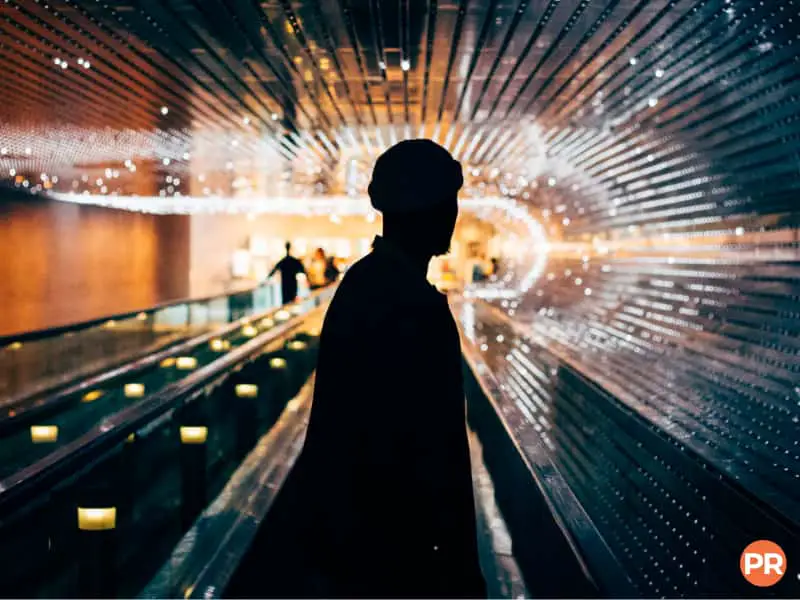
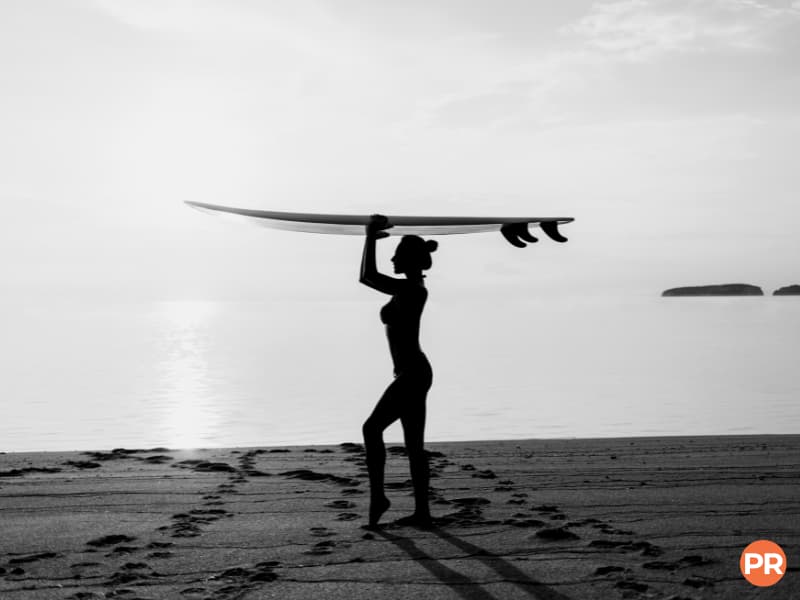

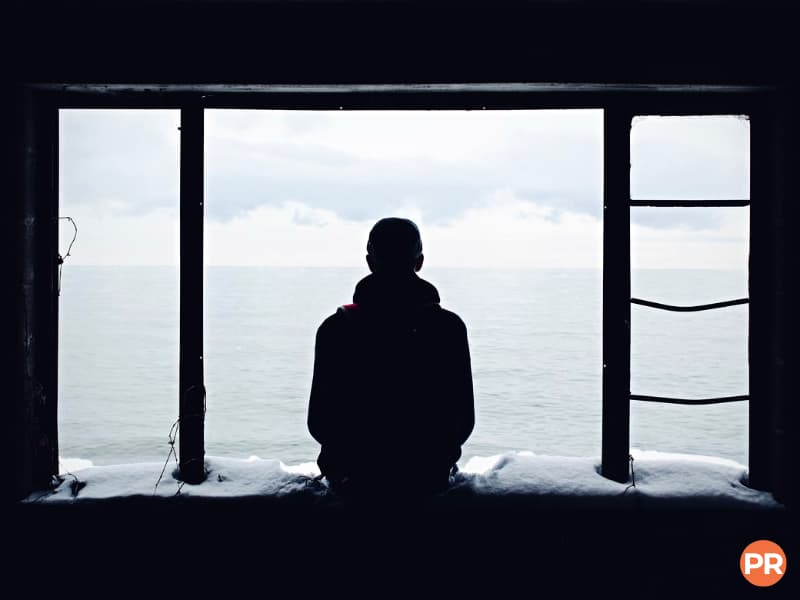
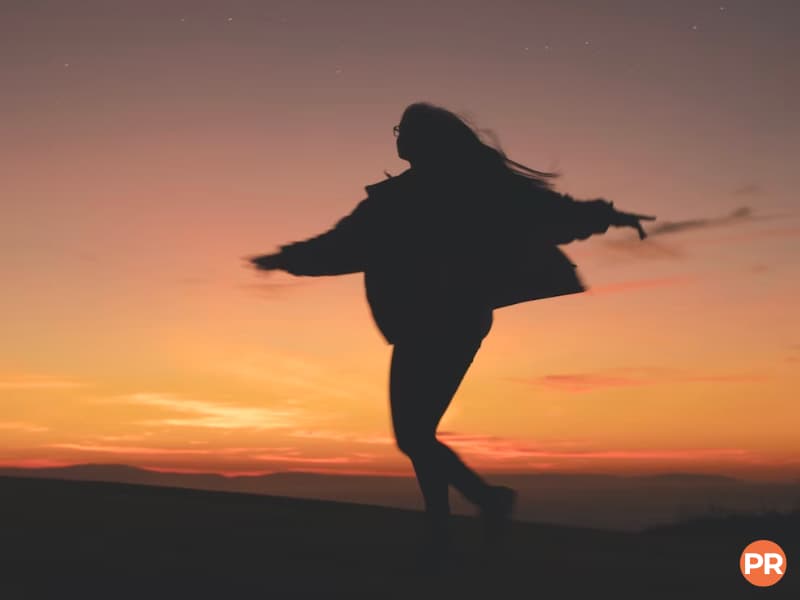




Frequently asked questions about silhouette portrait photography
Is a silhouette considered a portrait?
A portrait is a picture of a person’s face or head and shoulders. Silhouettes hide the details of a person in the shadows. But it’s a portrait as long as it shows a person’s face or head and shoulders.
What’s a partial silhouette in photography?
A partial silhouette means one part of your subject is visible while the others are dark. It’s a way to create a mysterious and moody feel.
Why are silhouettes so powerful?
The power of a silhouette is in mystery and contrast. It hides colors, details, and expressions. Also, it removes distractions and simplifies an image. In the simplicity is power. The silhouette photo is compelling and engages viewers in interpreting the image.
Conclusion
The high contrast in silhouette portrait photography is eye-catching and striking.
When shooting silhouettes, focus on shapes and the outline of the subject.
Also, get creative and capture stunning silhouettes from different perspectives.
Then, use post-processing to enhance the effects and fine-tune the exposure.
Related: Light and Airy Photography Guide
Featured photo by David Em/Portraits Refined.

Comments are closed.